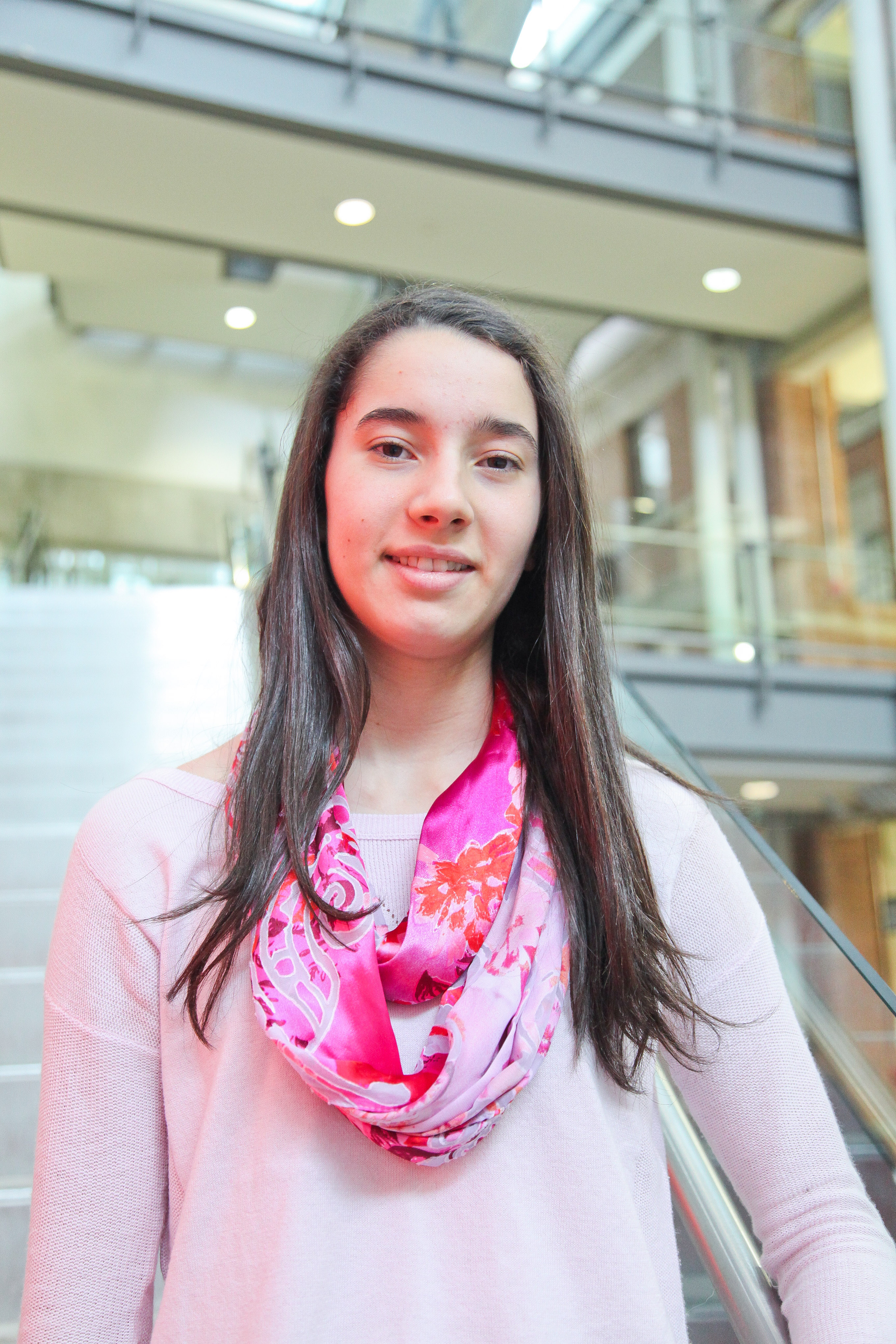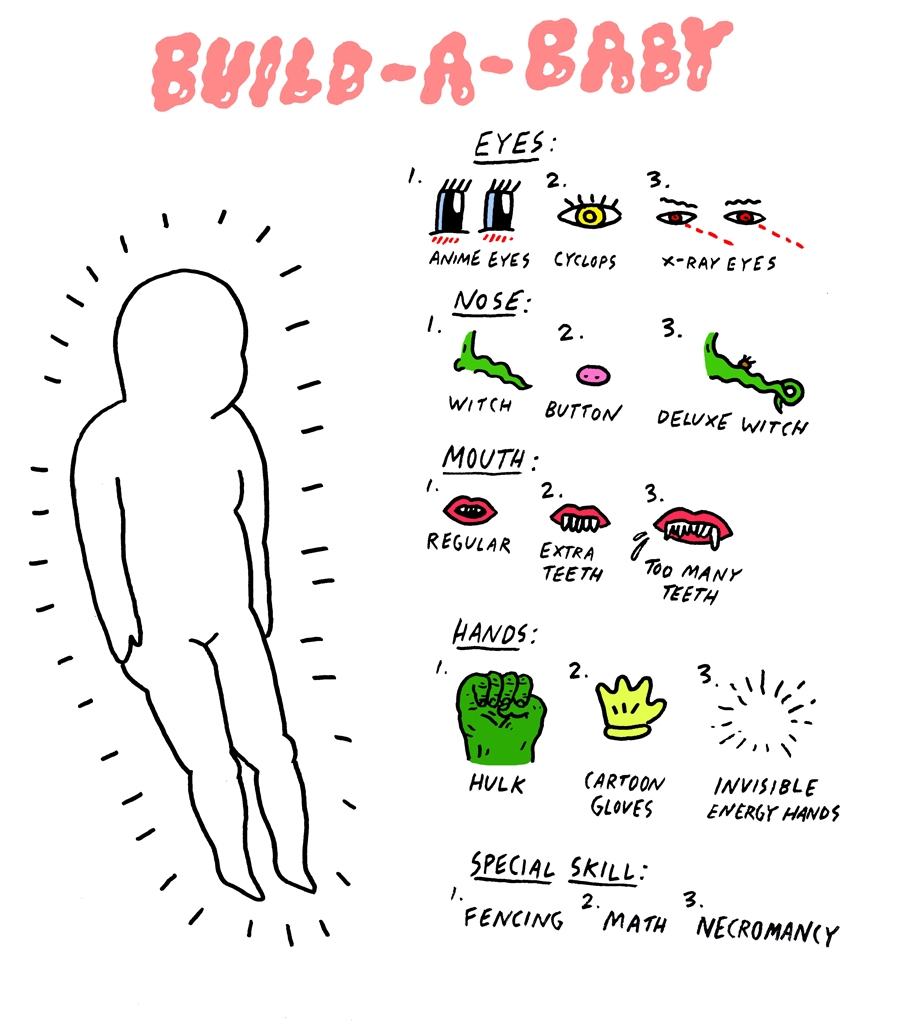Science literacy among youth is a phenomenal asset to have, and one that this country has been accumulating due to contributions from various science-and-community programs. One of these programs, the Sanofi BioGENEius Challenge Canada (SBCC), has been providing high school students opportunities to encounter the real-life sciences and work hand-in-hand with researchers to solve real-world problems.
Founded in 1994, the SBCC originated in Toronto and soon extended to other provinces across Canada. The SBCC came to Manitoba in 2000. Since then, Manitoba has experienced great success with the program. Two students were national first-place winners in competitions of the years 2005 (Will Turk, Grant Park High School) and 2007 (Ted Paranjothy, Fort Richmond Collegiate).
Paranjothy also placed first in the 2007 International BioGENEius Challenge (competing against candidates of the United States and Australia), held in Boston that year. He is the only Canadian to have achieved the “triple crown”: winning the regional, national, and international challenges in the same year. Alongside Manitoba’s successes, there have also been four national winners from Ontario, two from Saskatchewan, as well as one each from Quebec and Alberta, all within the past 10 years. The Commercialization Prize went to Manitoban Kirsten Larson of Swan Valley Regional Secondary School in 2009.
Recently, national co-ordination of the SBCC has been assigned to Partners in Research (PIR), a national charity focused on the pursuit of biomedical research.
“PIR believes that all students and youth should be exposed to learning opportunities in science,” said Brent Peltola, PIR special projects director in London, Ontario. In an interview with the Manitoban, Peltola went on to say that these learning opportunities involve “interactions with thought leaders (researchers, experts, academics) [in] the practical application of science and applied research to solving real-world problems.”
The great focus that SBCC and PIR have on biotechnology holds a great impact for the future of young Canadians, as biotechnology is expected to be “one of the major knowledge-based industries in the 21st century,” according to an SBCC press release. The contribution of the SBCC is quite vital to this, as it encourages Canadian youth to pursue interest in the sciences and gain valuable experience.
According to a survey conducted by Bioscience Education Canada, 4,500 high school students across Canada have entered the competition over the last two decades.
Seventy-four per cent of SBCC participants became engaged in the pursuit of science-based careers. Eighty-four per cent of participants claimed the competition helped determine their future education and career plans. What’s more, almost 60 per cent of these respondents were female, indicating the presence of great support to encourage women in the sciences.
But success stories are not just told through numbers. Individual success stories are found among the bright achievers who were given an opportunity to help change the world. Paranjothy developed an anti-cancer agent, which can kill human cancer cells while leaving healthy cells intact, at the remarkable age of 17. Until December, Paranjothy conducted cell science research independently at the University of Manitoba, furthering his contribution not only to the biomedical society, but to the global society at large as well.
Another successful alumnus from the SBCC is first-year U of M student Ella Thomson, who placed first in the regional competition in both 2012 and 2013, and placed fourth in the 2012 national SBCC competition in Ottawa. Upon graduating from Balmoral High School, Thomson received the Schulich Leader Scholarship, in the amount of $60,000, and the University of Manitoba’s Leader of Tomorrow Scholarship. Thomson is currently studying engineering, representing women in the sciences by enrolling in a faculty in which women are underrepresented.
Many of the participants are exposed to high-tech lab settings at the university and other research institutions, which encourages them to maintain their drive for discovery. However, the students are not the only ones gaining from this initiative. The SBCC establishes partnerships between the students and their mentors that can lead to academic achievements, such as research publications.
These teams of generationally diverse intellect do “novel research [ . . . ] that has the potential to lead to new discoveries or new ways of looking at the research environment,” according to Peltola. Furthermore, a great deal of these discoveries have been patented and commercialized.
Many mentors of the SBCC are from the U of M, which is the major regional supporter for the SBCC. That being said, there are concerns with funding for the program.
In 2011, the SBCC had experienced a significant decline in national sponsorship support, resulting in a “reduction in the amount of funding available to the regional competitions,” according to Peltola. Although the program has managed to continue forward with the aid of national and regional sponsors, the effects of this loss are still being felt here in Manitoba.
Each region receives the same amount of funding from the national sponsors, and the funding provided for the previous year’s SBCC has been the same as that of the last two years. It is then the responsibility of each region to secure additional funding to complete the costs associated with the competition. For the Manitoba region, co-ordinator Bob Brown has guided young competitors with remarkable dedication and support over several years to ensure that the SBCC can continue to give opportunities to students in this province. However, there was a loss of provincial support in 2012, further contributing to the strain of financially maintaining the SBCC.
Jared Thorlakson, a teacher at Acadia Junior High, created a petition to “resume funding [for] science education programs such as the SBCC” by the provincial government. So far, the petition has 113 of a required 20,000 signatures.
The benefit we can receive from investing in our young scientists is undeniable. Furthermore, increased funding can lead to more opportunities for rural youth in Manitoba to participate in the SBCC. Science apprenticeship should be an equal endeavour, and not just limited to those residing closer to research institutions.
To help support science education and opportunities in Manitoba, please sign the petition for this fundamental cause.
As stated by Mark Lievonen, president of Sanofi Pasteur Limited (one of the founding organizations of the SBCC), “with the right talent, funding and intellectual property protection we can cultivate the next generation of leaders to shape Canada’s future.”
Shouldn’t we make the investment to make that future as bright as it can be?




